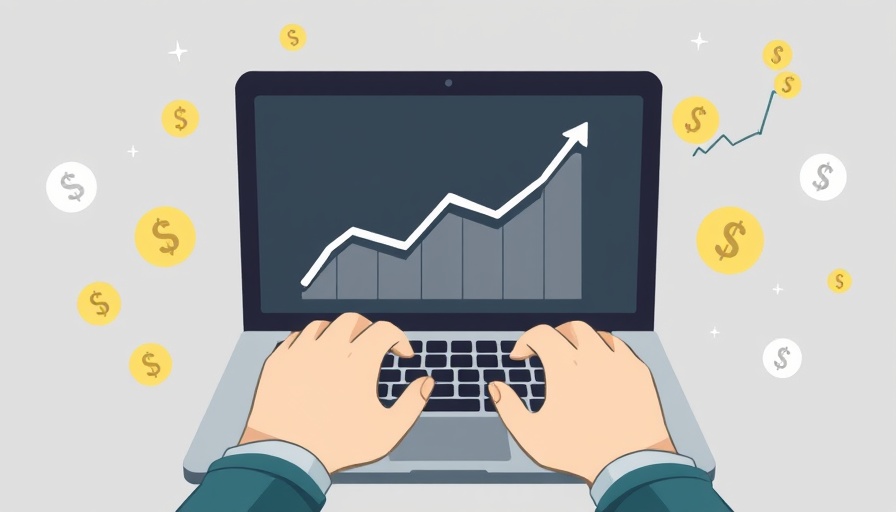
A Comprehensive Guide to Paid Media: Unlocking Its Potential
Paid media remains a crucial component in the arsenal of marketing strategies. It allows brands to effectively reach their target audience without the uncertainties associated with organic reach. Different types of paid media serve various purposes, and understanding them is essential to maximizing your marketing budget.
Understanding Paid Media: What It Is and Why It Matters
At its core, paid media refers to any marketing tactic where a brand pays to promote its message. This includes search ads, social media advertisements, display banners, video placements, and even influencer collaborations. Unlike earned media, which relies on organic engagement, paid media offers brands explicit control over their outreach, delivering the right message to the right people at the right time.
Comparing Paid, Owned, and Earned Media: The Triple Threat
To effectively utilize your marketing resources, it’s essential to consider the differences among paid, owned, and earned media:
- Paid Media: This is your investment in attention—think search ads, social ads, and sponsored content.
- Owned Media: These are channels you control, such as your website, blog, and social media platforms.
- Earned Media: This encompasses the attention you garner organically through reviews, press coverage, and customer testimonials.
A robust marketing strategy incorporates a blend of all three media types. For example, a well-targeted paid ad can lead traffic to an owned asset, such as a landing page, which may then prompt earned shares and reviews from satisfied customers. This synergy amplifies your marketing efforts.
Diving into the Types of Paid Media Channels
Understanding the various types of paid media channels—and their specific advantages—will empower you to craft effective campaigns. Here’s a breakdown of some primary channels:
- Search Ads: These are the text-based ads you see at the top of search engine results. They’re effective for driving website traffic, particularly for businesses offering immediate solutions.
- Social Media Ads: Platforms like Facebook, Instagram, and LinkedIn provide targeted advertising opportunities based on demographics, interests, and online behaviors.
- Display Ads: Visual ads that appear on websites that are part of an ad network. These can help boost brand visibility.
- Video Ads: Increasingly popular, these ads can appear on social media platforms or during streaming media broadcasts.
- Influencer Partnerships: Collaborating with influencers allows you to reach niche markets more effectively, leveraging their established trust with their audience.
Strategizing for Success: Setting Clear Goals for Paid Media
Successful paid media campaigns are anchored in clear, measurable objectives. Without a defined aim—be it driving traffic, generating leads, or boosting sales—investments may constitute mere noise rather than effective outreach. Performance metrics, such as click-through rates and conversion rates, help gauge the effectiveness of your campaigns and guide adjustments as needed.
Future Trends and Insights in Paid Media
As technology and consumer behavior evolve, so too do the strategies surrounding paid media. The rise of artificial intelligence and machine learning is set to streamline ad targeting and data analysis, providing marketers with unprecedented insights into audience behaviors. Staying ahead of these trends ensures your marketing strategies remain effective and relevant.
Conclusion: Navigating the Future of Paid Media
For business leaders and marketing managers, investing wisely in paid media and understanding its various types is crucial for achieving your marketing goals. Integrating paid, owned, and earned media into a cohesive strategy opens the door to enhanced visibility and engagement.
Now is the time to reassess your marketing budget allocation. Are you prioritizing the most impactful types of paid media? Make informed decisions to maximize your returns.
 Add Row
Add Row  Add
Add 




 Add Row
Add Row  Add
Add 

Write A Comment